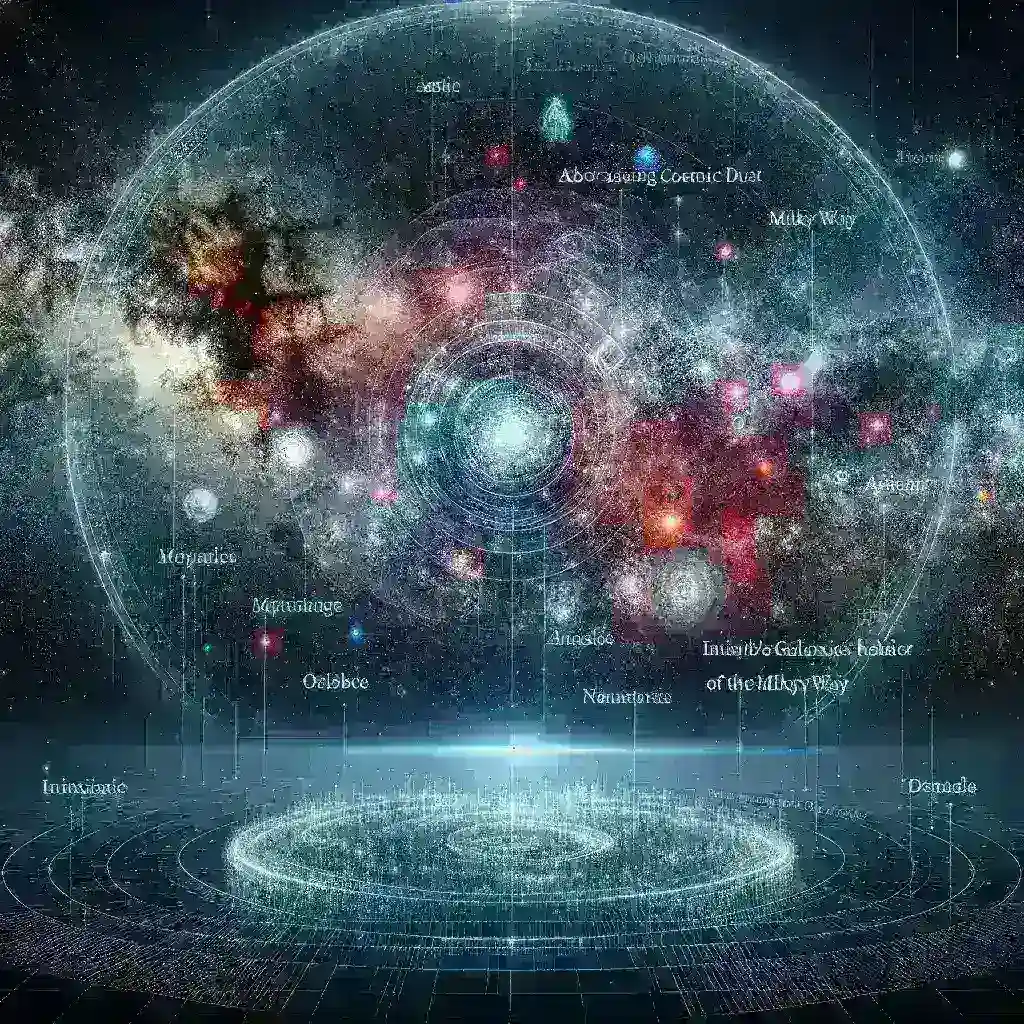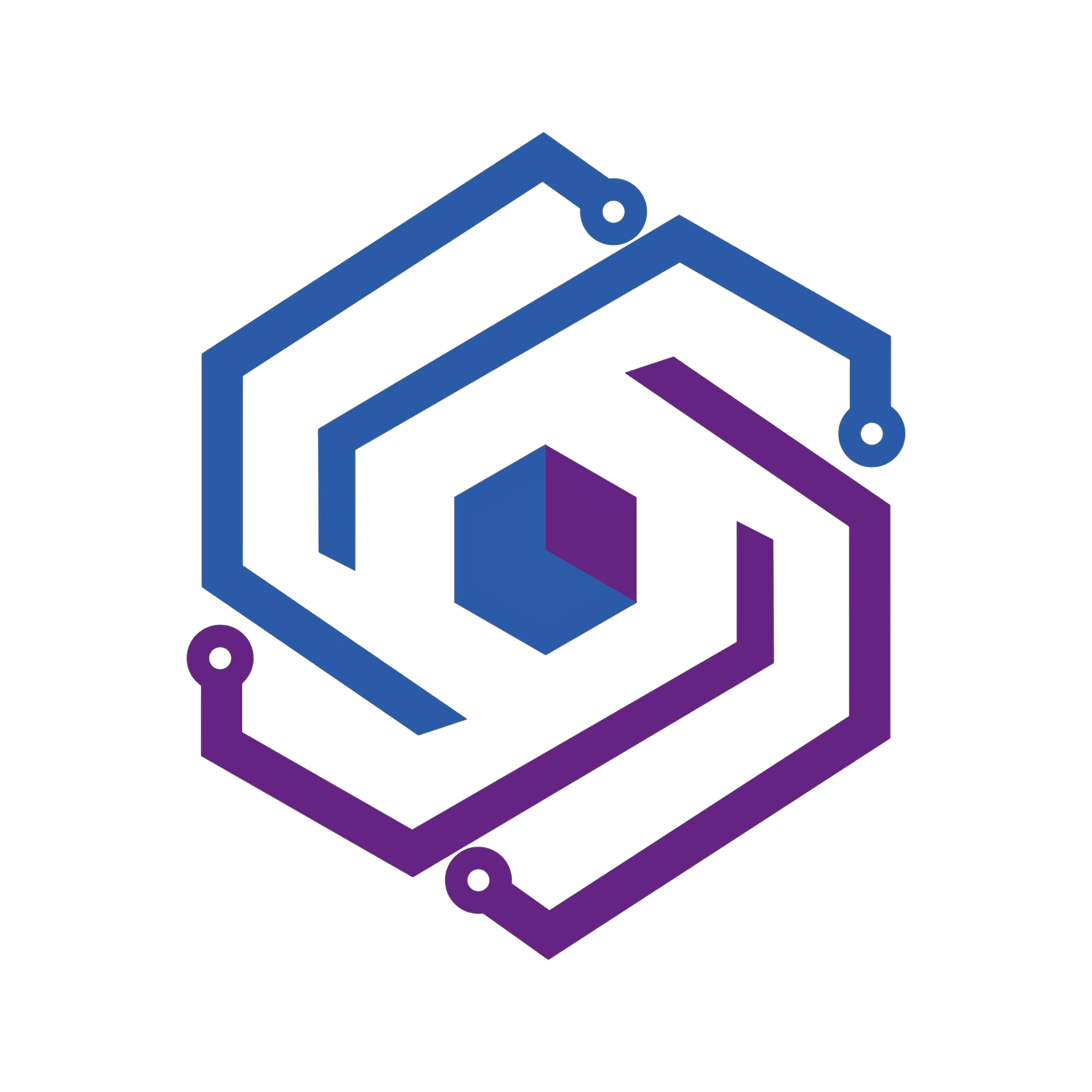
AI Models Mapping Hidden Galaxies Behind the Milky Way’s Dust Clouds
Introduction
The vastness of the universe holds secrets beyond our imagination, and one of the most intriguing challenges faced by astronomers is mapping the hidden galaxies obscured by the Milky Way’s dust clouds. The Milky Way, with its dense clouds of dust and gas, often obstructs our view of the universe and the countless galaxies that reside beyond it. However, advancements in artificial intelligence (AI) are opening new avenues for exploration. This article delves into how AI models are being employed to identify and map these elusive galaxies, revealing insights that could reshape our understanding of the cosmos.
Understanding the Milky Way’s Dust Clouds
The Milky Way galaxy is not merely a collection of stars; it is an intricate tapestry woven with dust and gas. These dust clouds play a crucial role in the formation of stars and planetary systems, but they also act as barriers, blocking the light from distant galaxies. This phenomenon makes it challenging for astronomers to observe and study the universe beyond our galactic neighborhood.
What Are Dust Clouds?
Dust clouds in the Milky Way, primarily composed of tiny particles of carbon and silicates, are found in various forms:
- Molecular Clouds: Dense regions where new stars are born.
- Dark Clouds: Areas that obscure light from stars and galaxies behind them.
- Emission Clouds: Clouds that emit light due to the ionization of surrounding gas.
These clouds are not only beautiful but also crucial for astronomical processes. Their presence complicates direct observations, pushing scientists to seek innovative methods for peering through these obscuring layers.
The Role of AI in Astronomy
Artificial intelligence has revolutionized various sectors, and astronomy is no exception. The sheer volume of data generated by telescopes and space missions necessitates advanced computational techniques to analyze and interpret this information effectively.
AI Techniques Used in Astronomy
Several AI techniques are leveraged in the study of celestial phenomena:
- Machine Learning: Algorithms that can learn from data and make predictions, helping in categorizing different celestial bodies.
- Deep Learning: A subset of machine learning that uses neural networks to analyze high-dimensional data, ideal for image recognition tasks.
- Image Processing: AI methods are employed to enhance images captured by telescopes, allowing for clearer views of obscured regions.
Mapping Hidden Galaxies
Recent advancements in AI are proving transformative in efforts to map galaxies hidden behind the Milky Way’s dust clouds. These models utilize various techniques to sift through the noise and extract valuable information.
Data Collection and Preparation
The first step in mapping hidden galaxies involves collecting data from multiple astronomical surveys. Telescopes equipped with advanced imaging technology gather extensive datasets. This data often includes:
- Optical images
- Infrared observations
- Radio frequencies
Once collected, this data undergoes rigorous preprocessing, where AI algorithms clean and standardize the information to enhance its quality.
AI Model Training
AI models are trained using this curated dataset. Supervised learning techniques are employed, wherein the models learn from a labeled dataset identifying visible galaxies and the regions obscured by dust clouds. By recognizing patterns in the data, these models can infer the presence of hidden galaxies even when direct observation is not possible.
Prediction and Validation
After training, the AI models predict the locations of hidden galaxies. These predictions are then validated through various means:
- Cross-referencing with existing astronomical data
- Observations from other wavelengths, such as X-rays and radio
- Collaboration with astronomers for on-ground validation
Such validation is crucial, as it ensures the reliability of the AI predictions and enhances our understanding of the underlying cosmic structures.
Case Study: Discovering the Hidden Galaxies
One of the most significant breakthroughs in mapping hidden galaxies occurred when researchers utilized AI to analyze data from the Sloan Digital Sky Survey (SDSS). By applying deep learning techniques, they identified several previously unrecognized galaxy clusters behind the Milky Way’s dust clouds.
Results and Discoveries
The application of AI led to the discovery of:
- New galaxy clusters previously hidden from view
- Insights into the distribution and density of galaxies in the local universe
- Understanding of dark matter distribution influenced by the presence of dust clouds
These discoveries not only enhance our knowledge of the cosmos but also raise new questions regarding galaxy formation and evolution.
Implications for Future Research
As AI technology continues to evolve, so too will its applications in astronomy. The ability to map hidden galaxies could lead to significant breakthroughs in our understanding of the universe.
Future Prospects
The future of AI in astronomy holds promise for:
- Mapping deeper into the universe, potentially identifying millions of hidden galaxies
- Enhancing our understanding of dark matter and energy
- Facilitating collaborative research efforts across institutions worldwide
Challenges Ahead
Despite the remarkable progress, challenges remain:
- Data quality and accessibility
- Computational resource limitations
- Ensuring the accuracy of AI models
Addressing these challenges will be critical for maximizing the potential of AI in uncovering the secrets of the universe.
Conclusion
The endeavor to map hidden galaxies behind the Milky Way’s dust clouds represents a fascinating intersection of technology and exploration. AI models are not just tools; they are gateways to understanding the vast cosmos that lies beyond our galactic home. As researchers continue to refine these technologies, our view of the universe will only become clearer, revealing the hidden gems that have long eluded our sight.
Expert Quotes
Dr. Emily Johnson, an astrophysicist, emphasizes the importance of AI in this field: “The ability to apply AI to map galaxies is a game-changer. It allows us to push the boundaries of what we know and explore the universe like never before.”
In summary, the integration of AI in astrophysics not only enhances our capacity to observe and understand the universe but also inspires a new generation of scientists eager to unravel the mysteries of space.



Leave a Comment